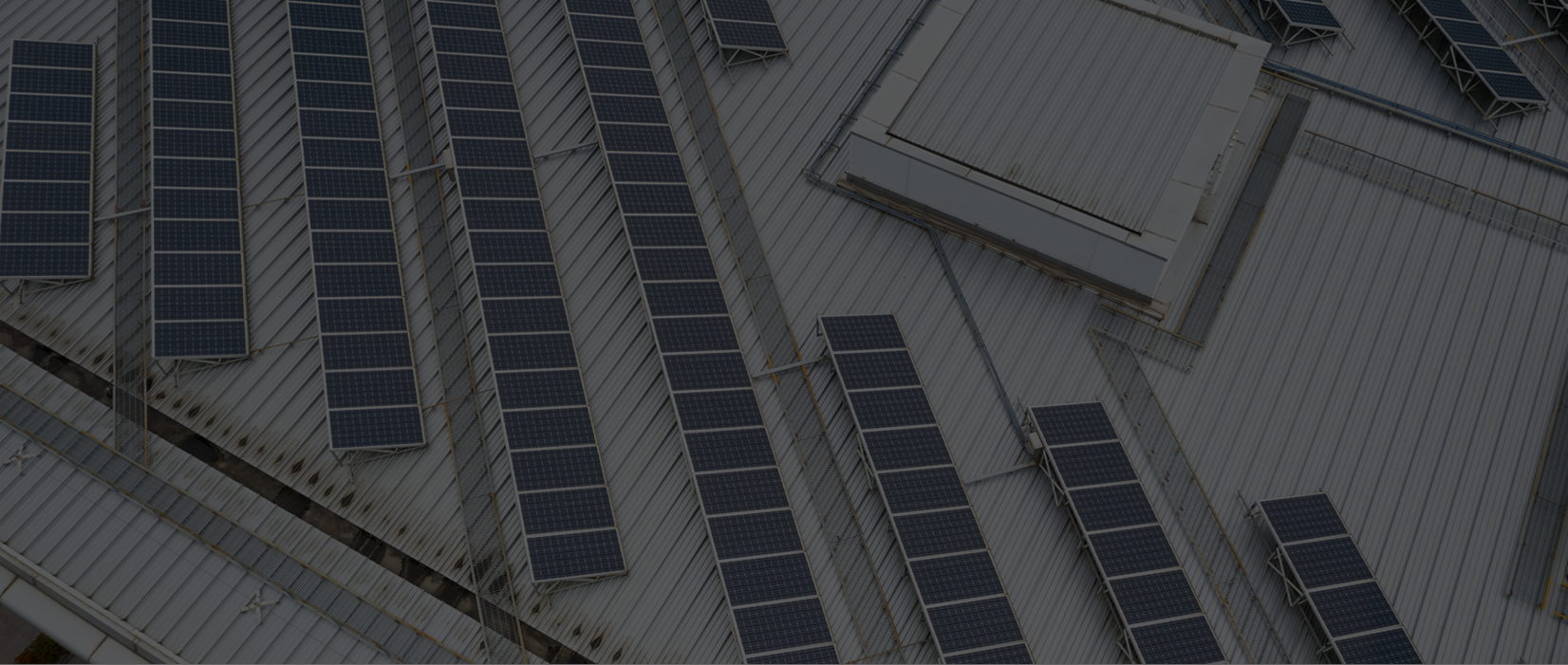Building Integrated Solar & Car Ports are an efficient and eco-friendly way to produce electricity by using the space on your roof. Solar panels installed on rooftops capture sunlight and convert it into energy, which can power homes, businesses, and industries.
This reduces electricity costs and lowers your dependence on the grid. One of the biggest advantages of rooftop solar is that it uses existing space, so there’s no need to buy extra land. It also helps reduce carbon emissions, making it a clean and green energy source.
Over time, the savings on energy bills can cover the cost of installation, making it a smart long-term investment. By choosing rooftop solar, you not only save money but also play a part in protecting the environment and building a sustainable future.

Key Specifications for Efficient
Building Integrated Solar & Car Ports
System Capacity
Customizable capacity in kW/MW for residential, commercial, or industrial use.
Panel Efficiency
High-efficiency panels for maximum energy output in limited space.
Inverter Type
Advanced inverters with efficiency for seamless power conversion.
Mounting Structure
Weather-resistant structures for maximum sunlight and durability.
Expert Installation Services at Your Doorstep
Submit application to nodal agency
Get CEIG drawings approved
Ground levelling and contouring
Pile Foundation for column post grouting
Trench Excavation & Cable Laying
Structure Setup & Module Mounting
Inverter & Electrical Equipment Installation
Cable Inspection & Termination
CEIG Inspection & Approval
DISCOM Agreement & Meter Installation
Find the Answers You Need Frequently Asked Questions
Our business is built on trust, so we take the time to understand the needs of landowners and communities to accommodate their objectives and concerns.

